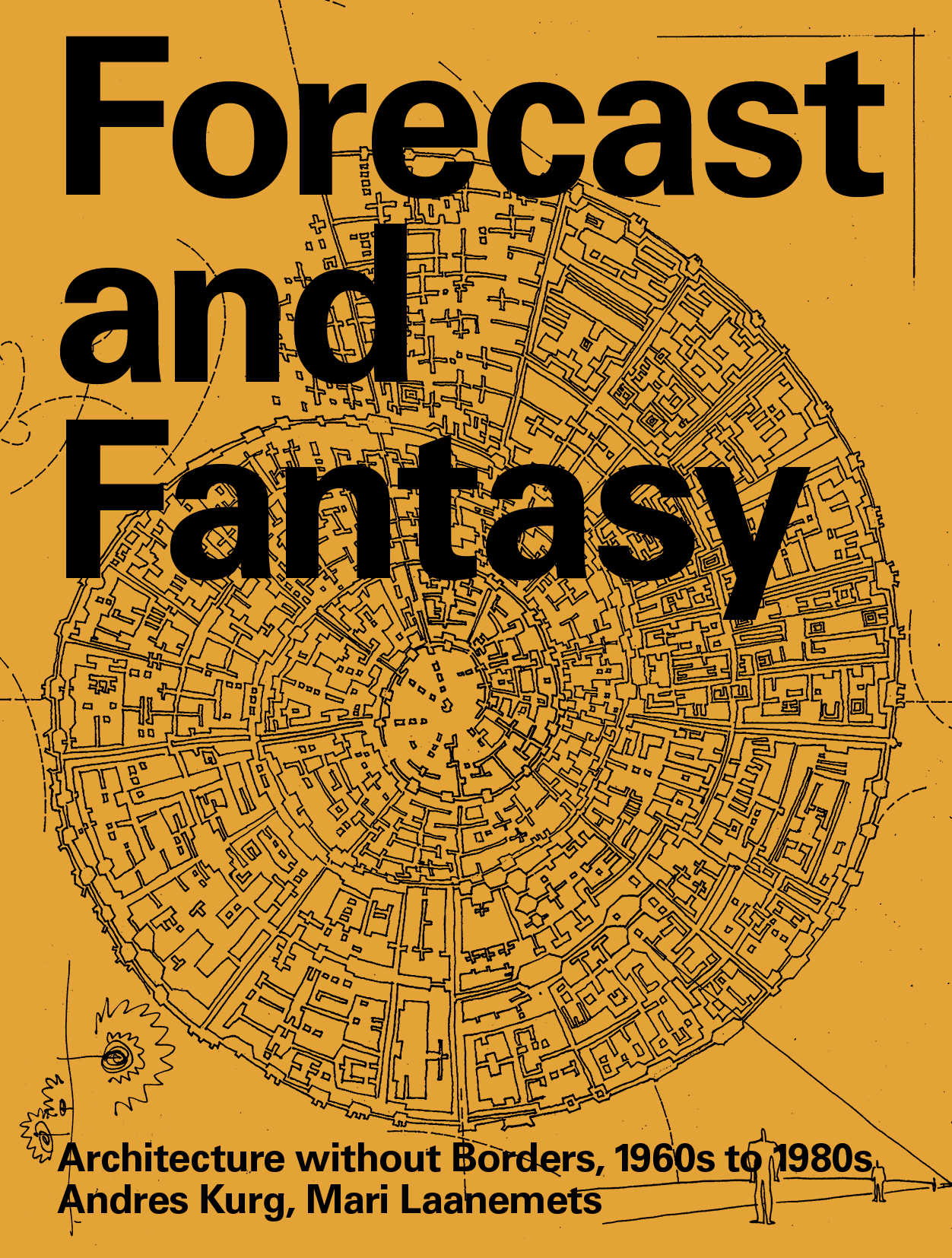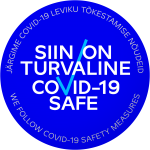
On April 28 the exhibition “Forecast and Fantasy: Architecture without Borders, 1960s to 1980s” will be wrapped up in a seminar in the Estonian Museum of Architecture.
This seminar focuses on the themes brought together in the exhibition Forecast and Fantasy: Architecture without Borders, 1960s to 1980s in the Architecture museum in Tallinn. We look at scientific predictions and futuristic fantasies that were manifested in architecture and art from the 1960s to the 1980s, works that emerged from the new technological reality that followed the Second World War, and which took it along unexpected paths. The papers range from the scientific forecasting in the Socialist context and its role in urban planning, to the critique and irony in the architecture of the 1980s, to the intertwining of punk and samizdat in late socialist underground culture.
Focusing on Eastern European conceptual architecture and drawing it together with selected parallels from the West, the exhibition Forecast and Fantasy presents a new reading of the ‘postmodern turn’ in architecture that took place during the 1960s to the 1980s. It also recontextualises phenomena such as ‘paper architecture’, constructivist aesthetics and geometric abstractionism.
Curators and conveners: Andres Kurg, Mari Laanemets (Estonian Academy of Arts)
The programme is here: Forecast_and_Fantasy_SEMINAR_schedule_28-04-2023
The seminar is followed by the book launch of „Forecast and Fantasy: Architecture without Borders, 1960s to 1980s“.
The book is written by Andres Kurg and Mari Laanemets and designed by Indrek Sirkel. It is published by Estonian Museum of Architecture and Lugemik on the occassion of the exhibition by the same name.
The book includes 799 color and black and white illustrations from among others the following architects and artists: Kirmo Mikkola, Hardijs Lediņš, Jozef Jankovič, Zdeněk Hölzel, Jan Kerel, László Rajk, Gábor Bachman, Yuri Avvakumov, Totan Kuzembaev, Vilen Künnapu, Ain Padrik, Mari Kurismaa, Toomas Rein, Kai Koppel, István B. Gellér, Zoltán Gyertyános, Predrag Ristić, Stefan Müller, Constantin Flondor, Avo-Himm Looveer, Tibor Gáyor, Anna Halprin, Tõnis Vint, Leonhard Lapin, Stano Filko, Alessandro Poli, Jüri Okas, Alexander Brodsky & Ilya Utkin, Mare Vint, Sirje Runge, János Sugár.
The publication also features work by collectives DNA, Archizoom Associati, NER, Archigram, OHO, Dvizhenie, Superstudio, and materials from magazines and publishing projects Arkkitehti, Japan Architect, Archigram, L’Architecture d’Aujourd’hui, Bercsényi 28-30, and Ehituskunst.
The project has been supported by the Estonian Research Council grant (PSG 530), Cultural Endowment of Estonia and the Estonian Academy of Arts.


